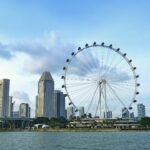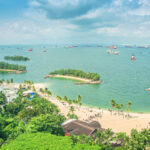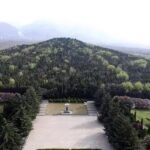Romania is a country in southeastern Europe. It is north of the Balkan Peninsula, on the Lower Danube River. Part of Romania is circled by the Carpathian Mountains. It also has a border on the Black Sea. Most of the Danube Delta is found inside Romania. Romania shares borders with Hungary and Serbia to the west, Ukraine to the far northeast, the Republic of Moldova to the near northeast, and Bulgaria to the south. (Source from Wikipedia)



1. Bran Castle
Bran Castle is a castle in Bran, 25 kilometres (16 mi) southwest of Brașov. It is a national monument and landmark in Transylvania. The fortress is on the Transylvanian side of the historical border with Wallachia, on road DN73. Commonly known outside Transylvania as Dracula's Castle, it is often referred to as the home of the title character in Bram Stoker's Dracula. There is no evidence that Stoker knew anything about this castle, which has only tangential associations with Vlad the Impaler, voivode of Wallachia, the putative inspiration for Dracula. Stoker's description of Dracula's crumbling fictional castle also bears no resemblance to Bran Castle. The castle is now a museum dedicated to displaying art and furniture collected by Queen Marie. Tourists can see the interior on their own or by a guided tour. At the bottom of the hill is a small open-air museum exhibiting traditional Romanian peasant structures (cottages, barns, water-driven machinery, etc.) from the Bran region.
![Bran-Castle-768x512[1]](https://hobbymart.net/wp-content/uploads/2022/05/Bran-Castle-768x5121-1.jpg)
![1-bran-romania-castle-bran-exterior-emily-wilson[1]](https://hobbymart.net/wp-content/uploads/2022/05/1-bran-romania-castle-bran-exterior-emily-wilson1-1-768x512.jpg)
![Bran-castle1-1500x1000[1]](https://hobbymart.net/wp-content/uploads/2022/05/Bran-castle1-1500x10001-1-768x512.jpg)
![995df147-01b8-4080-a428-7ba08cf75046[1]](https://hobbymart.net/wp-content/uploads/2022/05/995df147-01b8-4080-a428-7ba08cf750461-768x432.jpg)
![Group-0-DJI_0722_DJI_0730-9-images_edited-1536x724[1]](https://hobbymart.net/wp-content/uploads/2022/05/Group-0-DJI_0722_DJI_0730-9-images_edited-1536x7241-1-768x362.jpg)
![Bran_castle[1]](https://hobbymart.net/wp-content/uploads/2022/05/Bran_castle1-768x576.jpg)

2. Sighisoara Historic Center
The Historic Centre of Sighișoara is the old historic center of the town of Sighișoara (German: Schäßburg, Hungarian: Segesvár), Romania, built in the 12th century by Saxon settlers. It is an inhabited medieval citadel that, in 1999, was designated a UNESCO World Heritage Site for its 850-year-old testament to the history and culture of the Transylvanian Saxons.
![Historical-centre-of-Sighisoara[1]](https://hobbymart.net/wp-content/uploads/2022/05/Historical-centre-of-Sighisoara1-768x432.jpg)
![P6293809-1050x787[1]](https://hobbymart.net/wp-content/uploads/2022/05/P6293809-1050x7871-1-768x576.jpg)
![Sighisoara-Historic-Centre_13th-dec[1]](https://hobbymart.net/wp-content/uploads/2022/05/Sighisoara-Historic-Centre_13th-dec1.jpg)
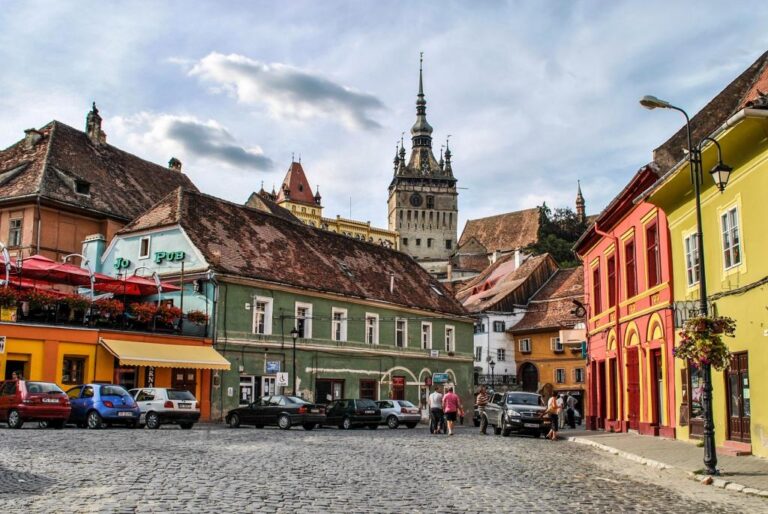

3. Palace of Parliament
The Palace of the Parliament, also known as the Republic's House or People's House/People's Palace, is the seat of the Parliament of Romania, located atop Dealul Spirii in Bucharest, the national capital. The Palace reaches a height of 84 metres (276 ft), has a floor area of 365,000 square metres (3,930,000 sq ft) and a volume of 2,550,000 cubic metres (90,000,000 cu ft). The Palace of the Parliament is the heaviest building in the world, weighing about 4,098,500,000 kilograms (9.04 billion pounds; 4.10 million tonnes), also being the second largest administrative building in the world.
![Palace-of-Parliament-bucharest[1]](https://hobbymart.net/wp-content/uploads/2022/05/Palace-of-Parliament-bucharest1-768x486.jpg)
![palace-of-the-parliament-romania_l[1]](https://hobbymart.net/wp-content/uploads/2022/05/palace-of-the-parliament-romania_l1-768x504.jpeg)
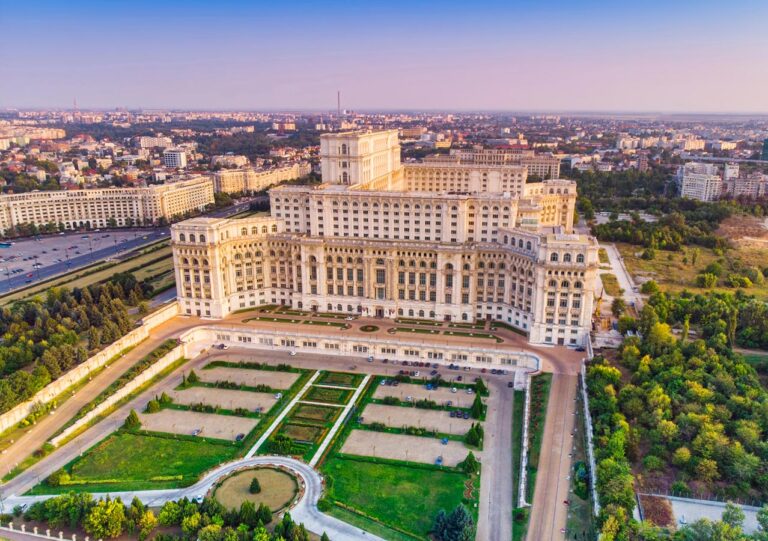
![ROMANIA+(Bucharest)+-+Palace+of+the+Parliament[1]](https://hobbymart.net/wp-content/uploads/2022/05/ROMANIABucharest-PalaceoftheParliament1-768x540.jpg)
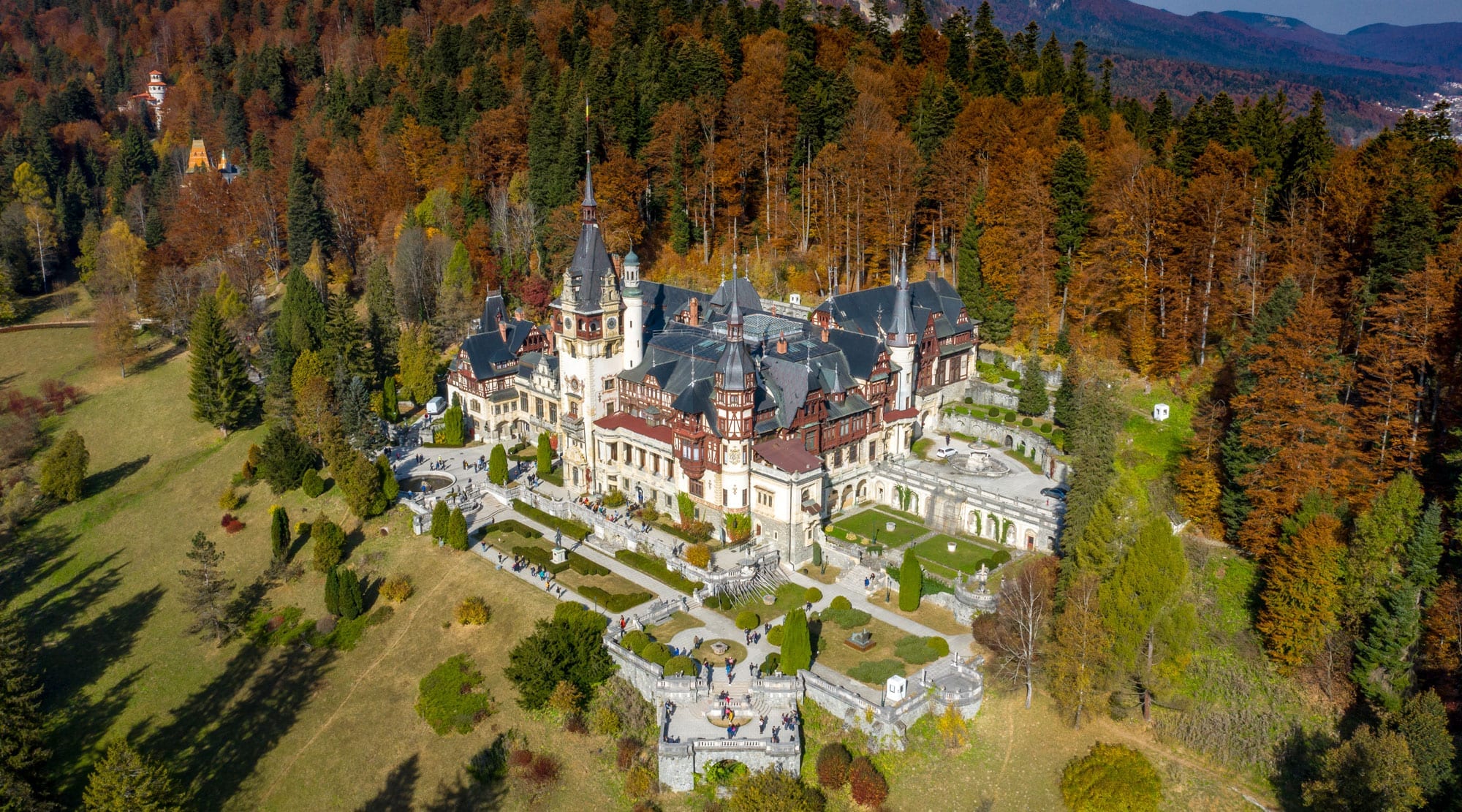
4. Peles Castle
Peleș Castle is a Neo-Renaissance castle in the Carpathian Mountains, near Sinaia, in Prahova County, Romania, on an existing medieval route linking Transylvania and Wallachia, built between 1873 and 1914. Its inauguration was held in 1883. It was constructed for King Carol I.
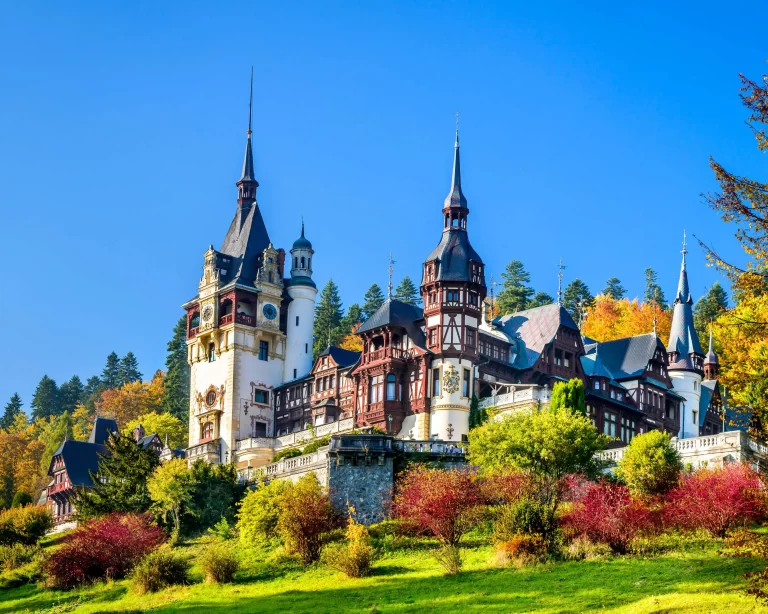
![Peles-Castle-Tour[1]](https://hobbymart.net/wp-content/uploads/2022/05/Peles-Castle-Tour1-768x512.jpg)
![peles_castle[1]](https://hobbymart.net/wp-content/uploads/2022/05/peles_castle1-768x761.jpg)
![Visit-Peles-Royal-Castle-[1]](https://hobbymart.net/wp-content/uploads/2022/05/Visit-Peles-Royal-Castle-1-768x576.jpg)
5. Merry Cemetery
The Merry Cemetery (Romanian: Cimitirul Vesel pronounced is a cemetery in the village of Săpânța, Maramureş county, Romania. It is famous for its brightly colored tombstones with naïve paintings describing, in an original and poetic manner, the people who are buried there in addition to scenes from their lives. The Merry Cemetery became an open-air museum and a national tourist attraction.
![Merry-Cemetery[1]](https://hobbymart.net/wp-content/uploads/2022/05/Merry-Cemetery1-768x575.jpg)
![original_04565f6f1db291cdb5305614c69aef77[1]](https://hobbymart.net/wp-content/uploads/2022/05/original_04565f6f1db291cdb5305614c69aef771-768x579.jpg)
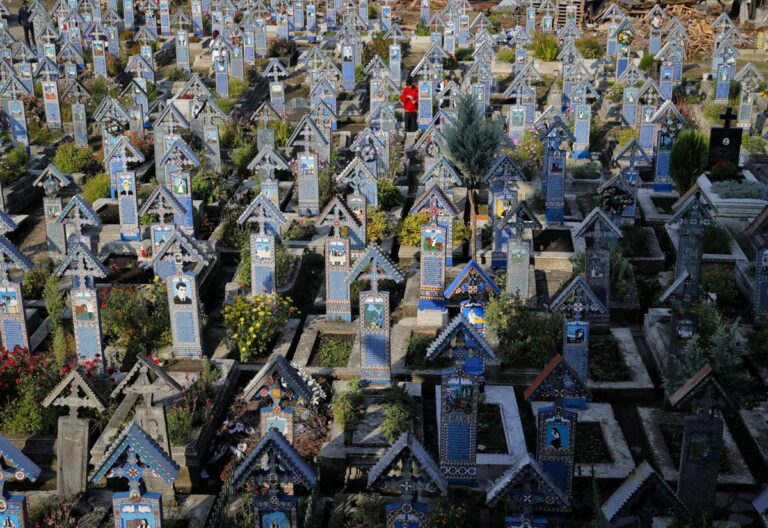
![the-merry-cemetery-2[1]](https://hobbymart.net/wp-content/uploads/2022/05/the-merry-cemetery-21-768x545.jpg)

6. Piata Mare
The Great Square of Sibiu is the central square of Sibiu, existing since 1366, with the completion of the third belt of fortifications of the city. Major Circulus vulgariter Kornmargt ("The Great Ring, in the people the grain fair") is attested as such in a document from the year 1408, a document in which Mathias Baldi is mentioned. He bought and repaired in that place a stone house from Pipo de Timiș. In another document, from 1411, it is attested the sale of a stone house by Mathias Tromenauer to Nicolaus Jenkowicz for the sum of 1000 guilders, in the same place. It is the largest public square in the old town and witnessed the economic activities of the merchants in Sibiu. In it were organized citizens' gatherings, fairs and even executions. In this square was beheaded in 1703 Johann Sachs von Harteneck, count of the Saxons between 1691 and 1703.
![15250792082_f236654fb6_h[1]](https://hobbymart.net/wp-content/uploads/2022/05/15250792082_f236654fb6_h1-768x512.jpg)
![Piata-Mare-130117[1]](https://hobbymart.net/wp-content/uploads/2022/05/Piata-Mare-1301171-768x432.jpg)
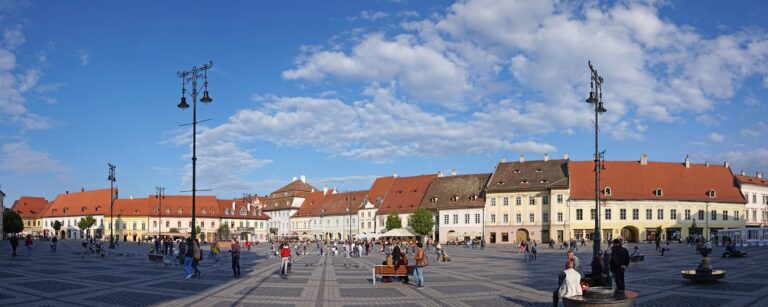
![sibiu-piata-mare-26150505[1]](https://hobbymart.net/wp-content/uploads/2022/05/sibiu-piata-mare-261505051-768x518.jpg)
![view-piata-mare-sibiu-17654752[1]](https://hobbymart.net/wp-content/uploads/2022/05/view-piata-mare-sibiu-176547521-768x512.jpg)
![Sibiu-Piata_Mica_3[1]](https://hobbymart.net/wp-content/uploads/2022/05/Sibiu-Piata_Mica_31-768x512.jpeg)
7. Biertan Fortified Church
The Biertan fortified church is a Lutheran fortified church in Biertan, Sibiu County, in the Transylvania region of Romania. It was built by the ethnic German Transylvanian Saxon community at a time when the area belonged to the Kingdom of Hungary. Briefly Roman Catholic, it became Lutheran following the Reformation. Together with the surrounding village, the church forms part of the villages with fortified churches in Transylvania UNESCO World Heritage Site.
![Biertan-1-of-1-3[1]](https://hobbymart.net/wp-content/uploads/2022/05/Biertan-1-of-1-31-768x549.jpg)
![Vxz9iXtj_MXI3WuzbXBPEIGllYtz-WmHhMGx5eaDFKI[1]](https://hobbymart.net/wp-content/uploads/2022/05/Vxz9iXtj_MXI3WuzbXBPEIGllYtz-WmHhMGx5eaDFKI1-768x472.jpg)
![Biertan-fortified-Church-Transylvania-1024x576[1]](https://hobbymart.net/wp-content/uploads/2022/05/Biertan-fortified-Church-Transylvania-1024x5761-1-768x432.jpg)
![DSC_0048[1]](https://hobbymart.net/wp-content/uploads/2022/05/DSC_00481-768x562.jpg)
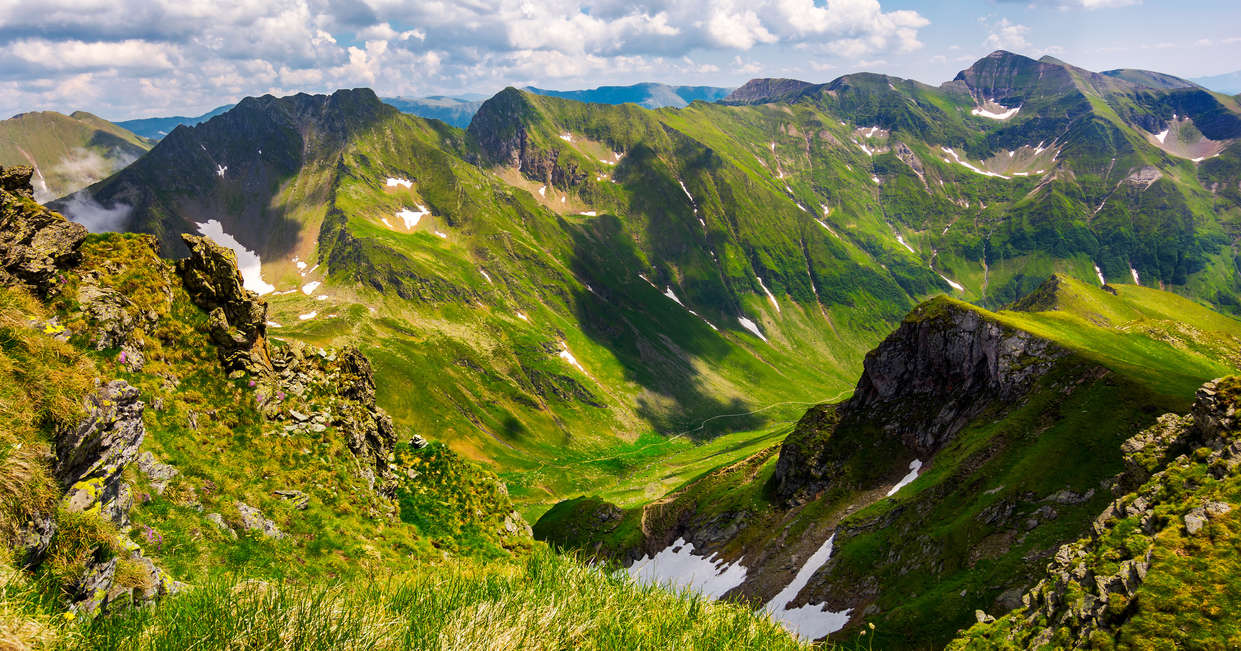
8. Transylvanian Alps
The Transylvanian Alps, also known as the Southern Carpathians, aren’t as high as the Rockies or the Himalayas, usually under 2,000 meters in elevation. The exception is Mount Moldoveanu, at 2,544 meters (8,346 feet), the highest point in Romania. The rugged mountains, dotted with sheep-filled meadows with wildflowers, offer some pretty good hiking in the summer and skiing in the winter. Couch potatoes can visit a mist-shrouded Gothic castle instead as they hunt for legendary vampires on their own turf.

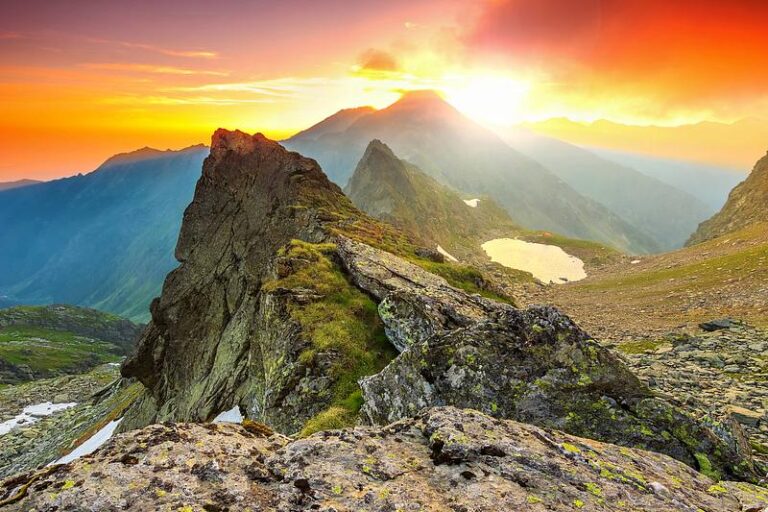
![6523faa2592f828c9229f526b558ea5d[1]](https://hobbymart.net/wp-content/uploads/2022/05/6523faa2592f828c9229f526b558ea5d1-768x512.jpg)
![IMGP3651[1]](https://hobbymart.net/wp-content/uploads/2022/05/IMGP36511-768x511.jpg)
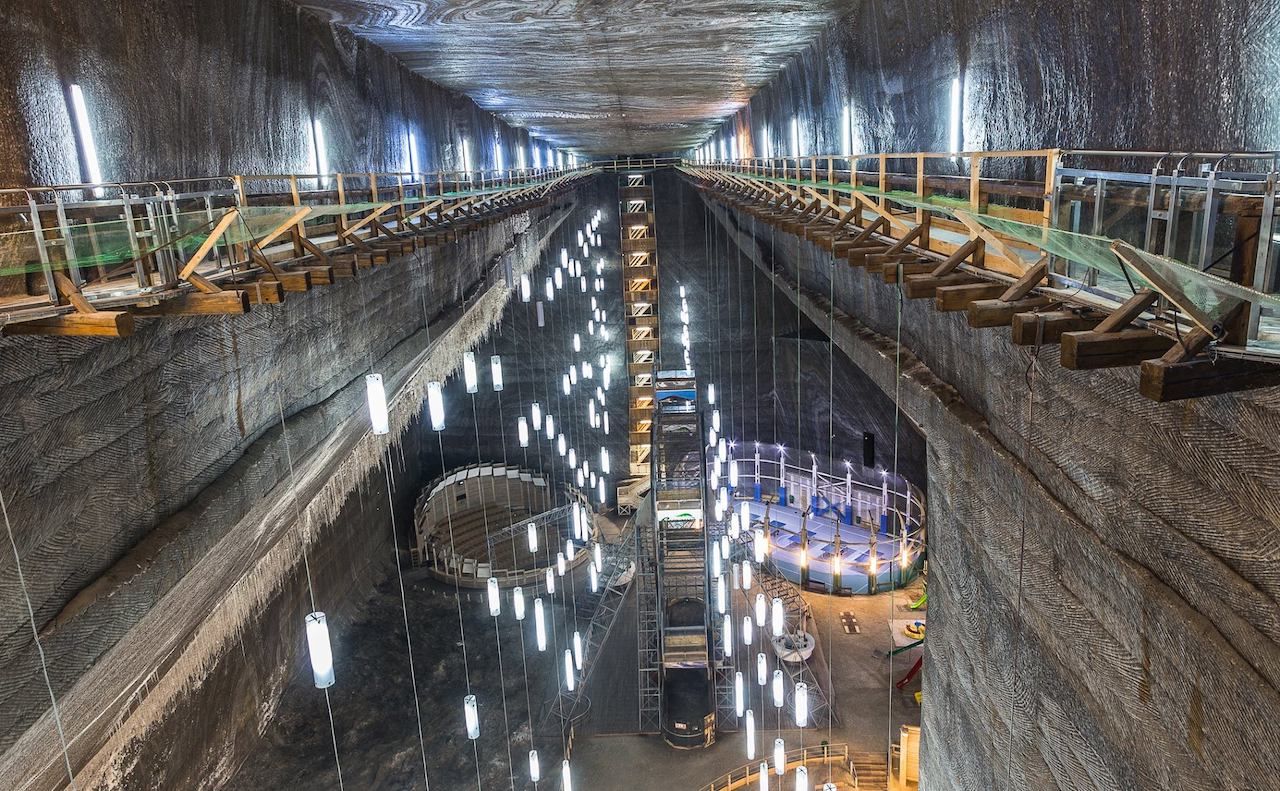
9. Salina Turda
Salina Turda is a salt mine in the Durgău-Valea Sărată area of Turda, the second largest city in Cluj County, northwest Romania. Opened for tourists in 1992, the Salina Turda mine was visited by about 618,000 Romanian and foreign tourists in 2017. Salina Turda was ranked in 2013 by Business Insider as among the "25 hidden gems around the world that are worth the trek".
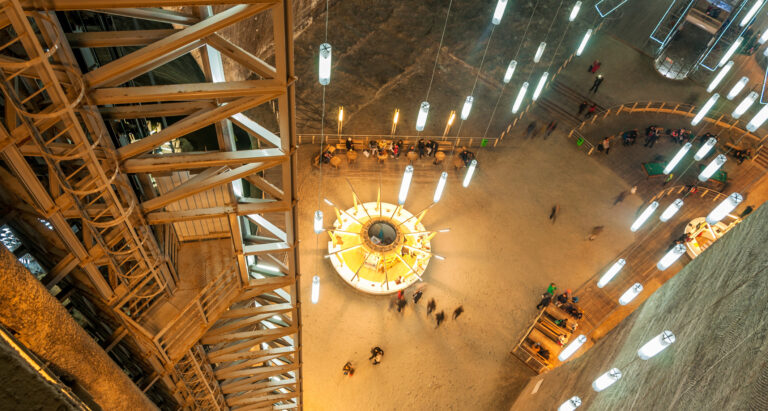
![Salina-Turda[1]](https://hobbymart.net/wp-content/uploads/2022/05/Salina-Turda1-768x403.jpg)
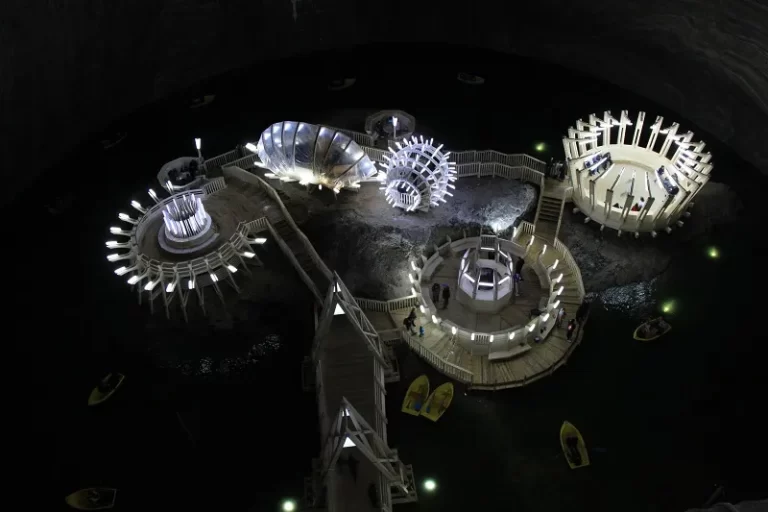
![Salina-turda-romania-IMGP1019-hdr[1]](https://hobbymart.net/wp-content/uploads/2022/05/Salina-turda-romania-IMGP1019-hdr1-768x511.jpg)

10. Sucevita Monastery
Sucevița Monastery is an Eastern Orthodox convent situated in the Northeastern part of Romania. It is situated near the Suceviţa River, in the village Sucevița, 18 km away from the city of Rădăuţi, Suceava County. It is located in the southern part of the historical region of Bukovina (northwestern Moldavia). It was built in 1585 by Ieremia Movilă, Gheorghe Movilă and Simion Movilă. The architecture of the church contains both Byzantine and Gothic elements, and some elements typical to other painted churches of northern Moldavia. Both interior and exterior walls are covered by mural paintings, which are of great artistic value and depict biblical episodes from the Old and New Testament. The paintings date from around 1601, which makes Sucevița one of the last monasteries to be decorated in the famous Moldavian style of exterior paintings.
![Sucevita+Monastery+281029[1]](https://hobbymart.net/wp-content/uploads/2022/05/SucevitaMonastery25281025291-768x510.jpg)
![Sucevita+Monastery+28129[1]](https://hobbymart.net/wp-content/uploads/2022/05/SucevitaMonastery2528125291-768x510.jpg)
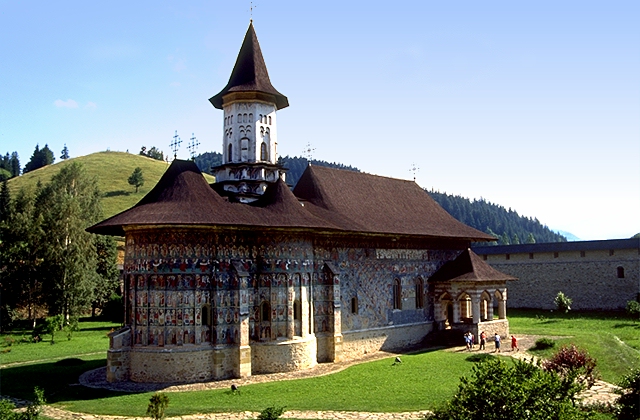

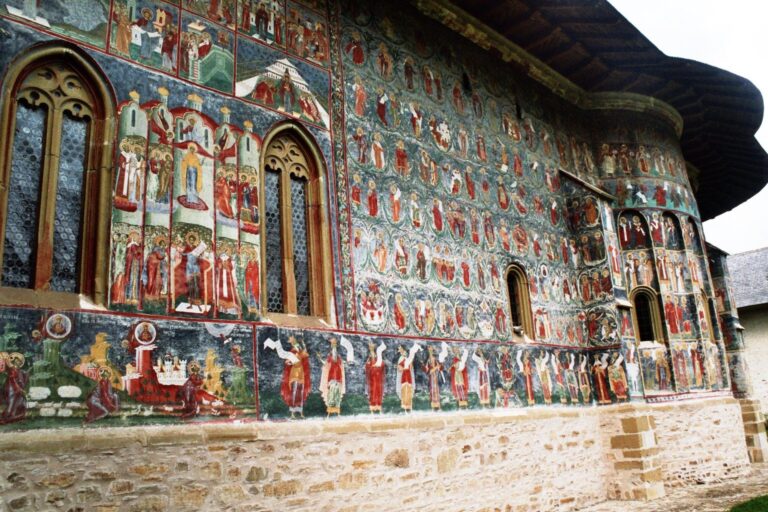

11. Corvin Castle
Corvin Castle, also known as Hunyadi Castle or Hunedoara Castle (Romanian: Castelul Huniazilor or Castelul Corvinilor; Hungarian: Vajdahunyadi vár), is a Gothic-Renaissance castle in Hunedoara, Romania. It is one of the largest castles in Europe and is featured as one of the Seven Wonders of Romania.
12. Poiana Brasov
Poiana Brașov is a neighborhood of Brașov and a Romanian ski resort popular among visitors from many European states. After the 2010s modernization, the ski area has expanded from 50 hectares (120 acres) to 80 hectares (200 acres) and the slopes length was increased from 13.8 km (8.6 mi) to 23.9 km (14.9 mi). Most slopes now have snow cannons installed. In 2013, Poiana Brașov hosted figure skating, alpine skiing and short track in the European Youth Olympic Winter Festival.
13. Danube Delta
The Danube Delta is the second largest river delta in Europe, after the Volga Delta, and is the best preserved on the continent. The greater part of the Danube Delta lies in Romania (Tulcea County), with a small part in Ukraine (Odessa Oblast). Its approximate surface area is 4,152 km2 (1,603 sq mi), of which 3,446 km2 (1,331 sq mi) is in Romania. With the lagoons of Razim–Sinoe (1,015 km2 (392 sq mi) with 865 km2 (334 sq mi) water surface), located south of the main delta, the total area of the Danube Delta is 5,165 km2 (1,994 sq mi). The Razim–Sinoe lagoon complex is geologically and ecologically related to the delta proper and the combined territory is listed as a World Heritage Site.
14. Vaser Valley Forestry Railway
Take a trip back in time as you ride through the forests of the Carpathian Mountains on a steam-powered train. Running along the Vaser River, the Vaser Valley Forestry Railway has been in operation since 1932 when it was used to haul logs from the forest to the mill. Today, it also hauls tourists who like the romance of old, narrow gauge trains traveling through pretty, tree-filled landscapes. The ride stops at Paltin where you have two hours to enjoy the scenery and a picnic lunch.

15. Wooden Churches of Maramures
The wooden churches of Maramureș in the Maramureș region of northern Transylvania are a group of almost one hundred Orthodox churches, and occasionally Greek-Catholic ones, of different architectural solutions from different periods and areas. The Maramureș churches are high timber constructions with characteristic tall, slim bell towers at the western end of the building. They are a particular vernacular expression of the cultural landscape of this mountainous area of northern Romania.






